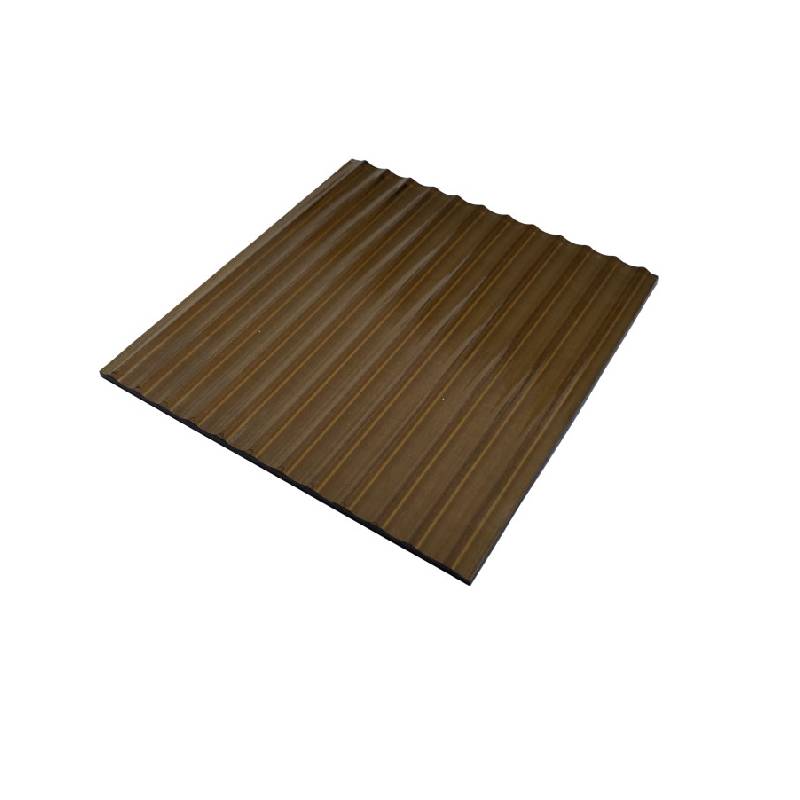The Flat Glass Production Process An Overview
Flat glass, widely used in construction, automotive, and various other industries, plays a pivotal role in modern architecture and design. The production of flat glass involves a sophisticated process that ensures high quality and optimal performance. This article explores the various stages involved in the flat glass production process, shedding light on its complexities and innovations.
Raw Material Preparation
The flat glass production process begins with the careful selection and preparation of raw materials. The primary ingredients typically include silica sand, soda ash, and limestone, along with various additives that enhance specific properties of the glass. The silica sand provides the necessary silicon dioxide, which constitutes the main body of the glass. Soda ash acts as a flux, lowering the melting temperature of the silica, while limestone helps improve the chemical durability and workability of the final product.
These raw materials are meticulously mixed and processed to create a homogeneous batch. The quality of this batch is crucial as it directly influences the clarity, strength, and overall performance of the final glass product.
Melting Process
Once the raw materials have been prepared, they are fed into a furnace where they are subjected to high temperatures, typically around 1,700 degrees Celsius (3,092 degrees Fahrenheit). This melting process transforms the solid batch into a molten glass. Different types of furnaces, such as regenerative or oxygen-fuel furnaces, may be used to enhance energy efficiency and reduce emissions.
During the melting stage, careful control of the temperature and atmosphere is essential. Any contamination or improper heating can lead to defects in the glass, such as bubbles or inconsistencies in thickness.
Forming Techniques
flat glass production process
After melting, the molten glass is shaped into flat glass using various forming techniques. The most common method is the float glass process, invented in the mid-20th century. In this process, the molten glass is poured onto a surface of molten tin. The glass spreads out and forms a flat sheet due to its density being lower than that of the tin. This method results in a smooth, uniform surface free from imperfections.
Another technique involves the use of rollers to create sheets of glass of varying thickness. This method is often used for specialized glass products. In addition to these, other forming techniques like the casting and pressing methods can be utilized for specific applications.
Annealing
Following the forming process, the glass sheets undergo annealing, a gradual cooling stage that relieves internal stresses caused during the forming. The glass is passed through an annealing lehr, a long oven where it is carefully cooled. This stage is critical for ensuring the strength and durability of the glass, minimizing the risk of breakage during handling and installation.
Finishing and Quality Control
Once the glass has been annealed, it undergoes a series of finishing processes, which may include cutting, polishing, and coating. These processes enhance the aesthetic appeal and functional properties of the glass, such as energy efficiency and safety features.
Quality control is an integral part of the production process. Each batch of glass is rigorously tested for optical clarity, strength, and thickness consistency. Advanced technologies such as computer vision systems and laser measurement tools are employed to ensure that the final product meets the stringent industry standards.
Conclusion
The flat glass production process is a testament to the advancements in manufacturing technology and materials science. From the careful selection of raw materials to the intricate steps of forming, annealing, and finishing, each stage plays a crucial role in delivering a high-quality product. As demand for flat glass continues to grow in various sectors, innovations in production processes will further enhance its performance and sustainability, paving the way for a more efficient and eco-friendly future in glass manufacturing.
 Afrikaans
Afrikaans  Albanian
Albanian  Amharic
Amharic  Arabic
Arabic  Armenian
Armenian  Azerbaijani
Azerbaijani  Basque
Basque  Belarusian
Belarusian  Bengali
Bengali  Bosnian
Bosnian  Bulgarian
Bulgarian  Catalan
Catalan  Cebuano
Cebuano  Corsican
Corsican  Croatian
Croatian  Czech
Czech  Danish
Danish  Dutch
Dutch  English
English  Esperanto
Esperanto  Estonian
Estonian  Finnish
Finnish  French
French  Frisian
Frisian  Galician
Galician  Georgian
Georgian  German
German  Greek
Greek  Gujarati
Gujarati  Haitian Creole
Haitian Creole  hausa
hausa  hawaiian
hawaiian  Hebrew
Hebrew  Hindi
Hindi  Miao
Miao  Hungarian
Hungarian  Icelandic
Icelandic  igbo
igbo  Indonesian
Indonesian  irish
irish  Italian
Italian  Japanese
Japanese  Javanese
Javanese  Kannada
Kannada  kazakh
kazakh  Khmer
Khmer  Rwandese
Rwandese  Korean
Korean  Kurdish
Kurdish  Kyrgyz
Kyrgyz  Lao
Lao  Latin
Latin  Latvian
Latvian  Lithuanian
Lithuanian  Luxembourgish
Luxembourgish  Macedonian
Macedonian  Malgashi
Malgashi  Malay
Malay  Malayalam
Malayalam  Maltese
Maltese  Maori
Maori  Marathi
Marathi  Mongolian
Mongolian  Myanmar
Myanmar  Nepali
Nepali  Norwegian
Norwegian  Norwegian
Norwegian  Occitan
Occitan  Pashto
Pashto  Persian
Persian  Polish
Polish  Portuguese
Portuguese  Punjabi
Punjabi  Romanian
Romanian  Russian
Russian  Samoan
Samoan  Scottish Gaelic
Scottish Gaelic  Serbian
Serbian  Sesotho
Sesotho  Shona
Shona  Sindhi
Sindhi  Sinhala
Sinhala  Slovak
Slovak  Slovenian
Slovenian  Somali
Somali  Spanish
Spanish  Sundanese
Sundanese  Swahili
Swahili  Swedish
Swedish  Tagalog
Tagalog  Tajik
Tajik  Tamil
Tamil  Tatar
Tatar  Telugu
Telugu  Thai
Thai  Turkish
Turkish  Turkmen
Turkmen  Ukrainian
Ukrainian  Urdu
Urdu  Uighur
Uighur  Uzbek
Uzbek  Vietnamese
Vietnamese  Welsh
Welsh  Bantu
Bantu  Yiddish
Yiddish  Yoruba
Yoruba  Zulu
Zulu 

